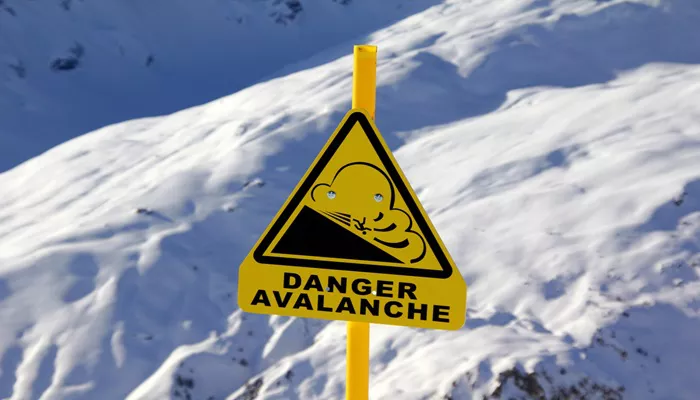Colorado’s mountains have recently been blanketed by late-season snowfall, providing excellent powder skiing conditions at resorts such as Arapahoe Basin. However, this weather has also led the Colorado Avalanche Information Center (CAIC) to issue a Special Avalanche Advisory, warning of storm slab and loose wet avalanches through Thursday afternoon in the Pikes Peak, Sangre de Cristo Range, and southeastern San Juan Mountains.
“This Mayuary weather will transition back to more ‘normal’ spring weather on Thursday,” the CAIC said in a recent social media post. “But that’s not a green light.”
The change in weather on Thursday will lead to rapid shifts in the snowpack, moving the risk from dry storm slabs to loose wet avalanches. The CAIC explained that although loose wet avalanches may not break as wide as dry storm slabs, they can still carry significant destructive force in steep, confined terrain, leaving limited escape options.
Skiers are advised to prepare for both types of avalanches depending on where they travel in the backcountry. The areas covered by the Special Avalanche Advisory face “considerable” avalanche danger near and above treeline, meaning that dangerous conditions exist, and human-triggered slides are likely.
The avalanche risk is expected to decrease to “moderate” on Friday in the Pikes Peak, Sangre de Cristo Range, and southeastern San Juan Mountains.
As the lift-accessed season comes to an end, only a few ski resorts remain open in Colorado. Copper Mountain, Breckenridge, and Loveland are scheduled to close after May 11. Winter Park will continue operating the Mary Jane and Parsenn Bowl portions of its slopes “as late as possible.”
Arapahoe Basin, known for having the longest ski season in Colorado, plans to stay open for as long as possible. Last year, the resort kept its lifts running until June 16.
With fewer inbounds options, skiers may be more inclined to explore the backcountry. However, even with the arrival of spring, they must remain vigilant about avalanche risks.

